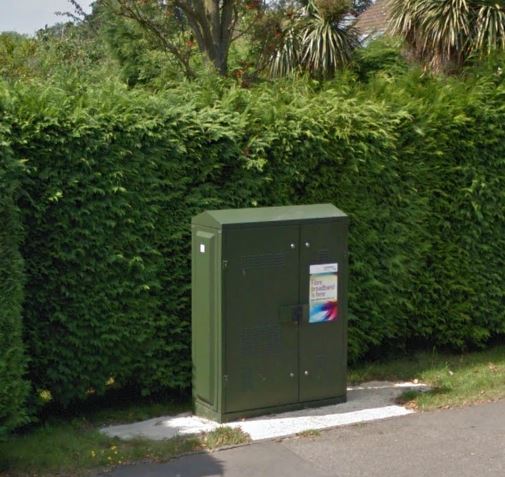BT Achieves 800Mbps On Copper In G.FAST Trials

BT says G.FAST FTTdp is cheaper and less disruptive than FTTP in delivering ultrafast speeds
BT says it Fibre to the distribution point (FTTdp) technology could deliver ultrafast speeds of up to 800Mbps using copper, making it a more cost-effective, less disruptive method of improving connectivity than FTTP.
The company’s existing fibre rollout predominantly uses Fibre to the Cabinet (FTTC) technology, which uses copper for the final few metres of the connection.
FTTC is capable of offering speeds of up to 80Mbps because of this, whereas FTTP can deliver 1Gbps, but the latter requires additional fibre cable, increasing the expense, time taken and complexity of fibre projects, especially since ground must be dug up.
BT G.FAST trials
 G.FAST increases the capacity of the copper connection and uses higher frequencies, and BT says it was able to deliver download speeds of 800Mbps and upload speeds of 200Mbps on 19 metre long piece of copper cable in trials.
G.FAST increases the capacity of the copper connection and uses higher frequencies, and BT says it was able to deliver download speeds of 800Mbps and upload speeds of 200Mbps on 19 metre long piece of copper cable in trials.
It adds that it was also able to reach 700Mbps download and 200Mbps upload using a line of 66 metres, which is the maximum distance from an exchange for 80 percent of properties connected to the Openreach network.
BT insists that FTTC is appropriate for the majority of customers, and that future technological advances could improve speeds further, but admits these needs might change in the future.
“Businesses obviously demand even greater bandwidth and can already access speeds of up to 10Gbps via dedicated business lines that we provide across the country,” said Joe Garner, CEO of Openreach. “But customer needs will continue to change, and that’s why we’re deploying a mix of current technologies as well as testing new ones. We will continue to innovate so that we meet our customers’ needs today, and in the future.”
G.FAST is not yet standardised, but it is hoped the final specifications will be released in December. BT says it has made 100 contributions to the standards and will continue to work with equipment vendors such as Alcatel Lucent and Huawei, with a new ultrafast broadband lab set to open at the former state monopoly’s Adastral Park R&D centre in Ipswich.
“We see G.FAST as a very promising technology with significant potential – that’s why we’re putting some of our best minds on the case to assess it fully in a purpose-built facility,” explained Dr Tim Whitley, MD of Research and Innovation, BT. “BT has a long history of pushing the boundaries in telecommunications, from the earliest days of the electric telegraph to today’s global fibre networks, and it’s crucial that we stay ahead of the curve for the benefit of our customers and shareholders.”
Do you know the history of BT? Try our quiz!